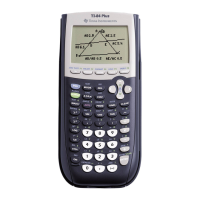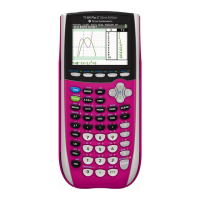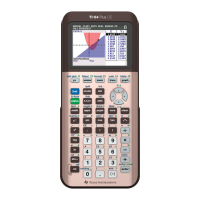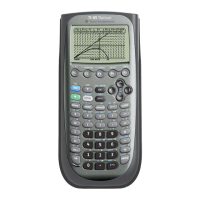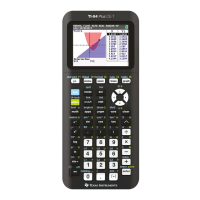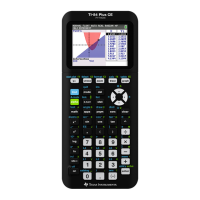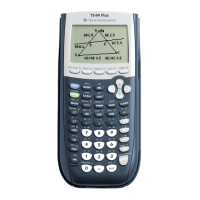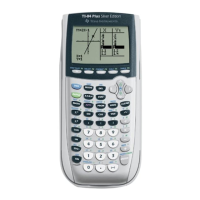Chapter 2: TI-83 Plus Specific Information 115
TI-83 Plus Developer Guide Third Release May 28, 2002
Entering and Exiting an Application Properly
The state monitor passes control to the TI-83 Plus application loader which sets the
monitor’s control vectors for key presses, partial put aways, full put aways, window
resizing, redisplay, and error.
TI-83
State Monitor
TI-83
Application
Loader
Application
Fig. 2.16: Control Flow
The application now has three choices in which type of environment it will run in –
Stand-alone, Stand-alone with Put Away notification, and Monitor driven (not covered in
this release )
Stand-alone
The application handles all key inputs itself and does not need access to the TI-83 Plus
menu system.
The application will also not be notified if the user turns the unit off. This means that no
data, not already saved in a variable, will be lost when the unit turns off. The application
is terminated with no notice.
Note: Turning off can occur only if the GetKey routine is used directly by an application, or if a system
routine called by the application uses GetKey.
The application terminates without notice if link activity is detected while waiting for a
key.
Start-up Code
No special code is necessary at the start of execution.
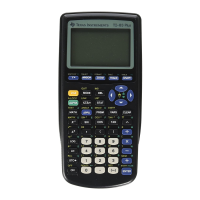
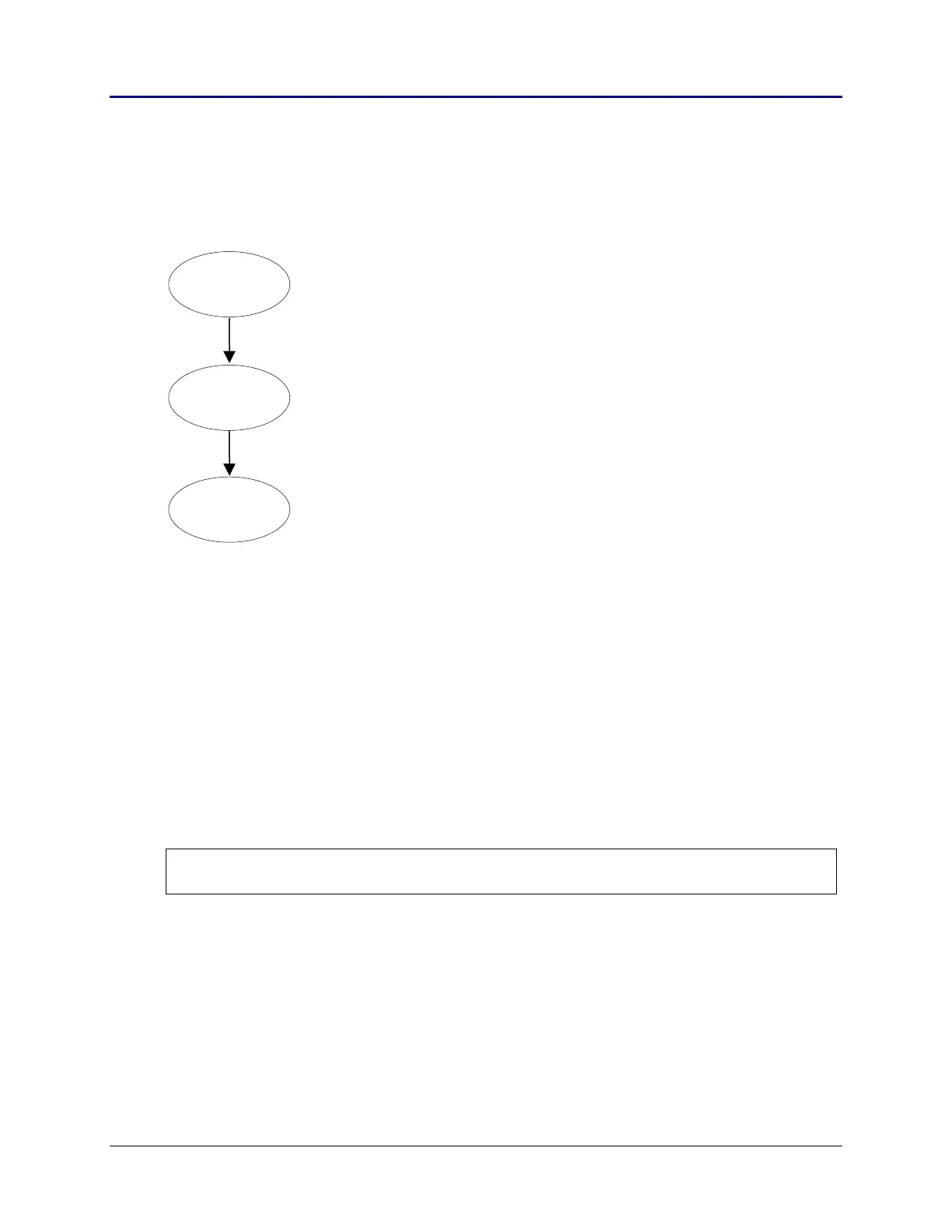